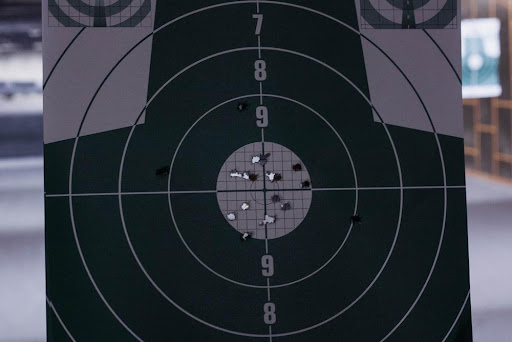The ammo shortage began in 2020, and it still lasts today. This shortage is the result of many factors, such as increased firearms purchases, Remington bankruptcy, Covid-19, the political situation, an increase in safety concerns, raw material shortages, etc.
All these factors lead not only to ammo resources being scarce but also to an increase in their prices. Some gun owners even choose to save their ammo for emergencies only.
Although there are still ammo shops that can cope with the demand – read more about it here – you still need to plan your ammo rotation in advance and know exactly how much ammo will satisfy your needs in the long run.
How much ammo should you bring to the range? If you ask any experienced shooter, they will rarely give you an exact number and almost always say: “you need enough!”
Since “enough” is not really an answer, nor is it an achievable goal, we created this article to help you better prepare for your range trip and save your money on unnecessary ammo stocking.
But before we start talking numbers, we need to differentiate practice ammo from defensive ammo.
Table of Contents
Practice ammo
Practice ammo is either full metal jacketed (FMJ) lead projectiles or round bullet-shaped copper-washed projectiles. Because these are mass-produced, they are significantly cheaper than defense ammunition.
The main reason why practice bullets are not used for defense purposes is that they tend to exit the body when impacting soft tissue. This imposes a great risk of accidentally injuring or killing an innocent bystander.
Shooting practice ammo produces less recoil than defensive ammo and offers great accuracy at small distances. This is the ammunition you will use a lot at a shooting range.
Defensive ammo
Defensive ammunition refers to hollow-point bullets designed for self-defense. They tend to expand in soft tissue upon the impact and stay there.
Now let’s go back to our main topic and answer the burning question. How much ammo should you bring to the range?
The number of rounds will mostly depend on whether you make your range trips for training, practicing, or exercising purposes.
Training
A training shooting program with a qualified instructor should be your starting point if you are an inexperienced shooter.
Learning shooting skills requires a great number of repetition processes, where you train your movement patterns, get familiar with your firearm, and learn to be comfortable with a loud sound and recoil.
If you are going to the range for training purposes, you will need anywhere between 400 and 500 rounds for handgun shooting and 150 to 250 rounds for rifle shooting per day of training.
Practicing
Practice will help you improve your desired skills. It will also help you become more fluid with your movements with each shooting repetition process.
Normally, when people master a new skill, they want to practice it extensively. The first couple of months after training, you will probably engage in frequent practice sessions.
In this phase, you will need anywhere between 100 and 300 hundred rounds for handgun shooting and 50 to 150 rounds for rifle shooting per practice.
Exercising
Once you have firmly established your shooting proficiency, you will need to maintain your skills with periodic exercise in the shooting range. The amount of ammo you’ll need for exercise purposes will depend on how often you plan on going to a shooting range.
- Infrequent shooters will fire no more than 400 rounds per year.
- Regular shooters tend to go to shooting ranges monthly and even weekly, so they will spend around 2,400 rounds per year.
- Passionate shooters tend to burn up to 3,600 rounds per year.
Lastly, we will provide you with eight general rules for safety in shooting ranges in case you are planning your first-ever trip to a shooting range.
- Always point your firearm in a safe direction.
- Keep your finger off the trigger until you are ready to shoot.
- Do not handle firearms or stand at the firing line while there is a “cold” range.
- You may move safe guns to and from the firing line only when the range is “hot.”
- Immediately stop shooting if you hear “ceasefire” being called.
- You can only shoot at targets inlined with your position
- Always wear protection for your eyes and ears.
- No food, beverages, or smoking is allowed on the firing line.
Conclusion
The more you practice, the more ammunition you will need for your shooting range practice.
Keep improving your shooting skills to become more confident in them and to be ready for any defense situation. Remember to always put safety first when handling your firearm in any situation.
We hope our article helped you become more prepared for your next trip to a shooting range.



















